Introduction
Seeing your dog vomit yellow bile can be alarming. Many pet owners worry when they notice this unusual behavior. Yellow vomit is often bile, a fluid produced by the liver. Bile helps with digestion but can indicate various health issues when it appears in vomit. This article aims to help you understand the causes of yellow bile vomiting, possible treatments, and when to seek veterinary care.
Speaking of health, keeping your dog active and engaged is crucial! Consider investing in some interactive toys like the Interactive Dog Toys. They can keep your furry friend entertained while providing mental stimulation, which is essential for their overall well-being!

Summary and Overview
Yellow bile is a digestive fluid created in the liver and stored in the gallbladder. It aids in breaking down fats and absorbing nutrients. When a dog vomits yellow bile, it often means their stomach is empty, or there’s irritation in the digestive tract. Understanding why this happens is crucial. Some causes are minor, while others may require immediate veterinary attention. Recognizing the severity of the situation and knowing when to seek help can make a significant difference in your dog’s health. The following sections will discuss what yellow bile is, common causes, and potential treatments.
By the way, if you’re looking for a way to keep your dog hydrated, check out the Dog Water Bottles. They’re perfect for walks or trips to the park, ensuring your pup always has access to fresh water!
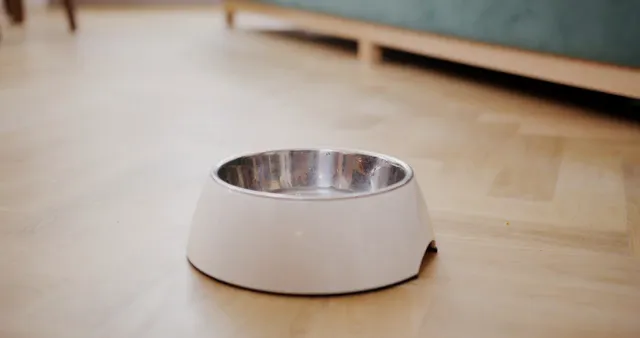
Understanding Yellow Bile
What is Yellow Bile?
Bile is a yellowish-green digestive juice produced by the liver. It’s stored in the gallbladder until needed for digestion. When a dog eats, bile is released into the small intestine. Its main role is to help break down fats. If your dog’s stomach is empty, bile can irritate the stomach lining, leading to vomiting. Yellow bile vomit can appear foamy or thicker and may have a greenish tint. It’s often odorless but can be mixed with mucus or water. Observe your dog’s vomit for these characteristics, as they can provide important clues about their health.
And while we’re on the topic of digestion, consider adding some Dog Probiotics to your dog’s diet. They can help maintain a healthy gut flora, which is vital for digestion and overall health!
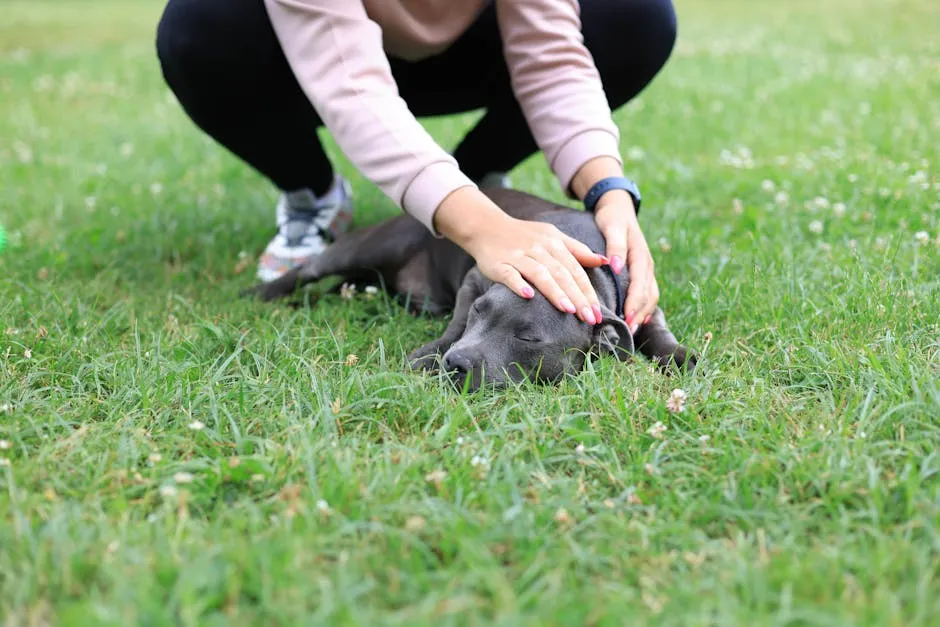
Common Causes of Dogs Throwing Up Yellow
Bilious Vomiting Syndrome (BVS)
Bilious vomiting syndrome occurs when dogs vomit bile due to an empty stomach. This often happens in the morning or after long periods without food. Symptoms include nausea, drooling, and lip-smacking. Dogs with BVS may show signs of discomfort and may not want to eat right away. While BVS is usually not life-threatening, it’s essential to consult a veterinarian to rule out other issues. Implementing feeding practices like giving smaller, more frequent meals can often help prevent this condition.
Don’t forget that a good dog bowl can make mealtime more enjoyable! Check out these Non-Slip Dog Bowls that help prevent spills and keep your dog’s eating area tidy!
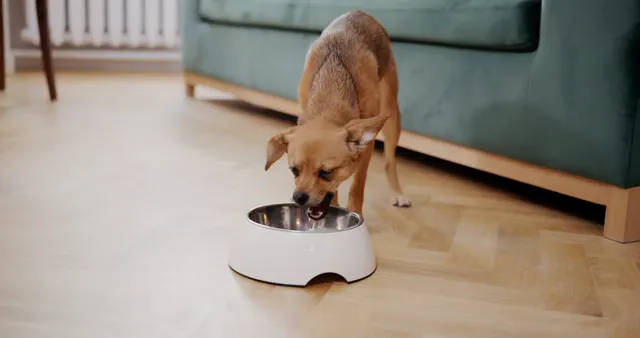
Gastrointestinal Diseases
Gastrointestinal issues can lead to your dog throwing up yellow bile. Conditions like inflammatory bowel disease (IBD), ulcers, and infections are common culprits. IBD causes chronic inflammation in the intestines, which can disrupt digestion. Ulcers often develop due to excessive stomach acid, leading to irritation. Infections, whether bacterial or viral, can inflame the stomach lining, causing vomiting.
It’s crucial to get a proper diagnosis from a veterinarian. They can perform tests to identify the specific gastrointestinal problem. Early detection can significantly improve treatment outcomes. Regular veterinary check-ups are essential for maintaining your dog’s gastrointestinal health. Don’t ignore persistent vomiting; it could signal a serious issue needing attention.
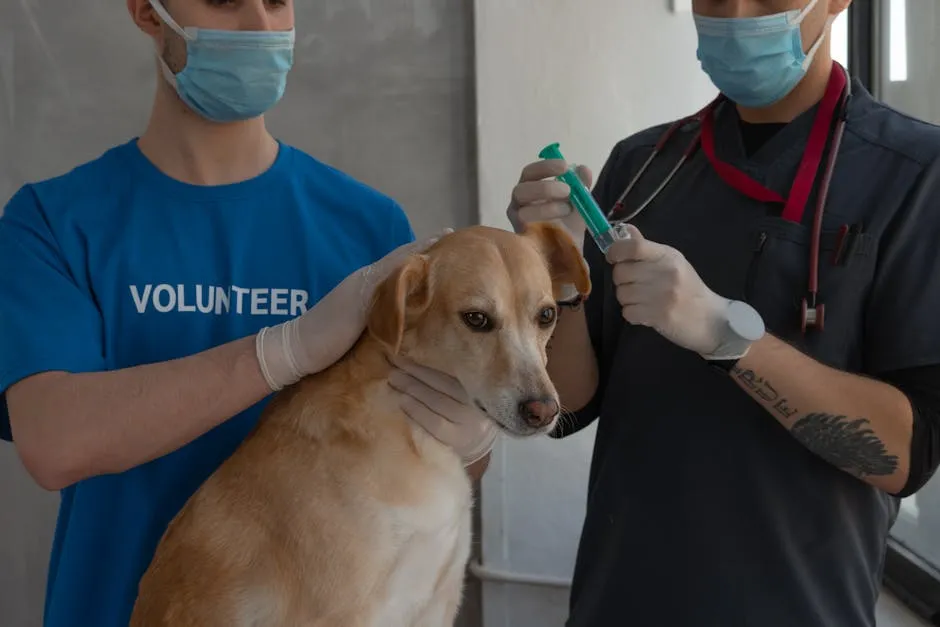
Pancreatitis
Pancreatitis is a painful condition resulting from inflammation of the pancreas. Fatty foods are often the main trigger for this issue. When your dog consumes rich meals, the pancreas can become overwhelmed, leading to vomiting yellow bile, diarrhea, and abdominal pain. Other symptoms include lethargy and a lack of appetite. For more information on this condition, check out our comprehensive guide to pancreatitis in dogs.
Understanding pancreatitis is crucial for dog owners. Learn more about it here.
Treatment for pancreatitis may include a special diet and medications to manage inflammation. In severe cases, hospitalization may be necessary for intravenous fluids and monitoring. It’s vital to keep an eye on your dog’s diet to prevent this condition. Regularly assess what they eat and avoid fatty treats. Monitoring their diet closely can help maintain their overall health. Speaking of diets, consider looking into Dog Food for Sensitive Stomachs to help soothe their digestive issues!

Intestinal Blockages
Intestinal blockages can occur when your dog ingests foreign objects, like toys or clothing. Symptoms include vomiting, abdominal pain, and lethargy. When the intestines are blocked, food cannot pass through, causing bile to back up and result in vomiting.
This condition is considered an emergency. If you suspect your dog has a blockage, seek immediate veterinary help. Delaying treatment can lead to serious complications, including tissue death or rupture. Your veterinarian may perform surgery to remove the obstruction. Always monitor your dog’s chewing habits and prevent access to small items that could pose a choking hazard.

Food Allergies
Food allergies can cause your dog to vomit yellow bile. This happens when their immune system reacts to certain ingredients in their food. Common allergens include beef, dairy, chicken, wheat, and soy. When your dog consumes these allergens, it can lead to inflammation in the digestive tract. This irritation may result in vomiting yellow bile, especially if their stomach is empty. For more insights on managing food allergies, visit our post on understanding and managing dog food allergies.
Managing food allergies is essential for your dog’s health. Read more about it here.
Watch for symptoms of food intolerances. These can include itching, skin rashes, and gastrointestinal upset. If your dog shows signs of discomfort after eating, it might be time to evaluate their diet. An elimination diet can help identify the specific allergen. This involves removing potential allergens from your dog’s meals and slowly reintroducing them one at a time.
Consult your veterinarian for allergy testing and tailored dietary recommendations. They can guide you through the process and help alleviate your dog’s symptoms. And while you’re at it, consider some Dog Treats that are free from common allergens to reward your pup safely!

What to Do if Your Dog is Throwing Up Yellow
Initial Steps
If your dog throws up yellow bile, stay calm and observe them closely. First, check how they are acting. If they seem fine after vomiting once, it’s usually not a cause for alarm. However, monitor for additional vomiting or other symptoms. If your dog vomits multiple times or shows signs of distress, contact your veterinarian.
Hydration is crucial. Make sure your dog has access to fresh water. If they refuse to drink, try offering small amounts frequently. Keeping a log of your dog’s symptoms is helpful for your vet. Note the frequency of vomiting, any changes in behavior, and what they ate before the incident. This information can aid in diagnosis and treatment.
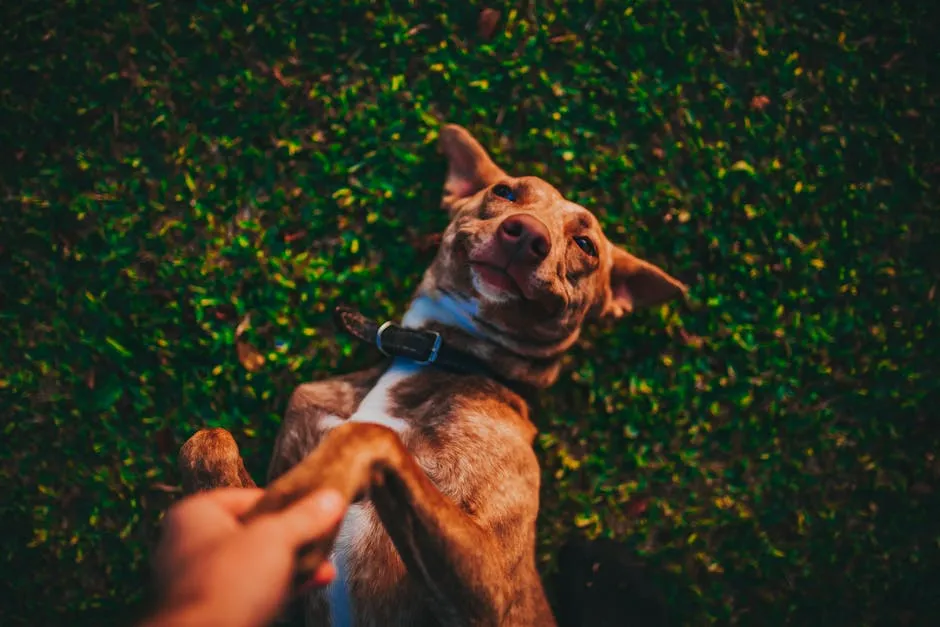
Speaking of hydration, consider getting a Pet Water Fountain. Dogs are often more inclined to drink running water, and these fountains can encourage them to stay hydrated!
Remember, if the vomiting persists or your dog becomes lethargic, seek veterinary care immediately. Early intervention can prevent more serious health issues.
Home Remedies
If your dog is throwing up yellow bile, there are some safe home remedies you can try to settle their stomach. One effective method is fasting. Withhold food for 12 to 24 hours to give their digestive system a chance to rest. Make sure fresh water is always available, as hydration is crucial during this time.
After fasting, consider introducing a bland diet. Foods like boiled chicken or plain rice can be gentle on your dog’s stomach. These options are easy to digest and help alleviate irritation. When reintroducing food, start with small portions and gradually increase the amount.
Probiotics can also be beneficial for your dog’s gut health. These help restore the natural balance of bacteria in their intestines. You can find probiotic supplements designed specifically for dogs at pet stores or online. Always consult your veterinarian before trying these remedies to ensure they are suitable for your dog’s specific condition. And if you’re looking for a good source of probiotics, check out Dog Probiotic Chews that are tasty and beneficial!

When to Seek Veterinary Help
While occasional vomiting may not be alarming, certain warning signs indicate a need for immediate veterinary attention. If your dog vomits yellow bile more than twice in a 24-hour period, it’s time to act. Frequent vomiting can lead to dehydration and indicate a more serious underlying issue.
Lethargy is another concerning sign. If your dog seems unusually tired or unresponsive, don’t hesitate to contact your vet. Other symptoms to watch for include diarrhea, loss of appetite, or any signs of pain. These can signal gastrointestinal diseases or infections that require professional care.
Early intervention is crucial. The sooner you address these symptoms, the better the chances of a swift recovery. If you notice any severe symptoms, such as blood in the vomit or extreme abdominal discomfort, seek veterinary help right away. Your dog’s health depends on timely action and professional guidance.

Conclusion
In this article, we discussed the causes of dogs throwing up yellow bile. We learned that yellow vomit often indicates the presence of bile, a digestive fluid produced by the liver. Several factors can lead to this condition, including an empty stomach, gastrointestinal diseases, pancreatitis, intestinal blockages, and food allergies.
Understanding these causes is crucial for pet owners. Not all cases are serious, but some may require immediate veterinary attention. Always monitor your dog’s behavior and health closely. If vomiting persists or is accompanied by other concerning symptoms, consult your veterinarian. Staying vigilant about your dog’s health ensures they lead a happy and healthy life. And don’t forget to spoil them occasionally with some quality Dog Chews that they will love!

FAQs
Why is my dog throwing up yellow bile?
When dogs vomit yellow bile, it’s usually due to bile in their stomach. This can happen if their stomach is empty or if there’s irritation in the digestive tract. Common causes include bilious vomiting syndrome, gastrointestinal diseases, and pancreatitis.
Should I be worried if my dog vomits yellow bile once?
If your dog vomits yellow bile just once and seems fine, it may not be a concern. However, if it happens repeatedly or is accompanied by other symptoms, it’s wise to consult a veterinarian.
How can I help my dog if they are vomiting?
Start by monitoring your dog closely and ensuring they stay hydrated. If they vomit once, wait a few hours, then offer a small meal. Consider a bland diet like boiled chicken and rice if they continue to vomit.
When should I take my dog to the vet for vomiting?
Seek veterinary help if your dog vomits more than twice in 24 hours, shows signs of lethargy, has diarrhea, or exhibits other concerning symptoms. Early intervention can prevent more serious health issues.
Can food allergies cause my dog to vomit yellow bile?
Yes, food allergies can lead to vomiting yellow bile. This usually occurs when a dog’s immune system reacts to specific ingredients in their food. Common allergens include beef, dairy, and grains. If you suspect food allergies, consult your vet for proper testing and dietary recommendations.
Please let us know what you think about our content by leaving a comment down below!
Thank you for reading till here 🙂
All images from Pexels




